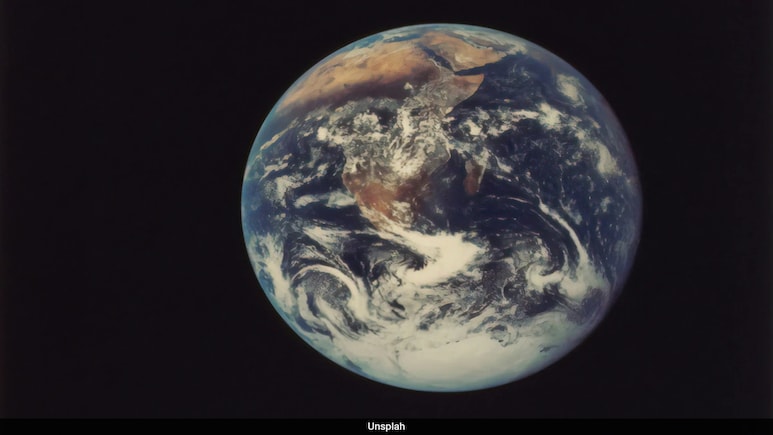
A recent study reveals that major events marking transitions in Earth's geological timeline follow a surprising and complex mathematical pattern, offering fresh insights into past upheavals and what might come next.
Published in Earth and Planetary Science Letters, the study was carried out by an international group of researchers: Professor Shaun Lovejoy and Rhisiart Davies from McGill University (Canada), Associate Professor Fabrice Lambert from the Pontifical Catholic University of Chile, Raphael Hebert from the Alfred Wegener Institute (Germany), and Professor Spiridonov from VU (Lithuania).
Professor Spiridonov, a geologist and palaeontologist and a co-author of the study, explains that while geological timelines may appear orderly, their boundaries tell a more chaotic yet deeply structured story.
Focusing on the Phanerozoic Eon, the last 540 million years covering eras like the Mesozoic and Cenozoic, the team analysed geological time divisions set by the International Commission on Stratigraphy. They examined boundaries defined by fossil records of marine animals such as conodonts and ammonoids.
"Geological time scales may look like tidy timelines, but their boundaries tell a much more chaotic story. What seemed like uneven noise is actually a key to understanding how our planet changes and how far that change can go," says Professor Spiridonov.
Their analysis revealed these boundaries cluster in a multifractal system, where periods of calm are punctuated by cascades of major events like mass extinctions and evolutionary bursts. This shows Earth's history isn't random but structured across multiple scales.
"The intervals between key events, from mass extinctions to evolutionary explosions, follow a multifractal logic, showing how variability cascades through time," Spiridonov adds.
The study estimates Earth's 'outer time scale', the minimum time needed to capture the planet's full variability, at around 500 million years or more. Shorter studies might miss significant extremes, especially since human history covers only a calm recent period.
To explain this, researchers proposed a new mathematical model called a "compound multifractal-Poisson process", portraying Earth's system changes as hierarchical clusters within clusters. These findings not only deepen our understanding of Earth's past but also improve how we predict future planetary changes.
Track Latest News Live on NDTV.com and get news updates from India and around the world

